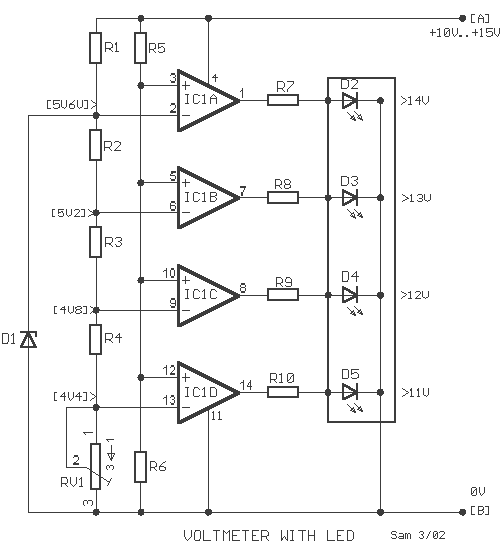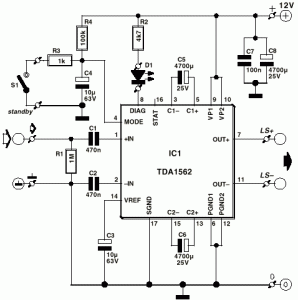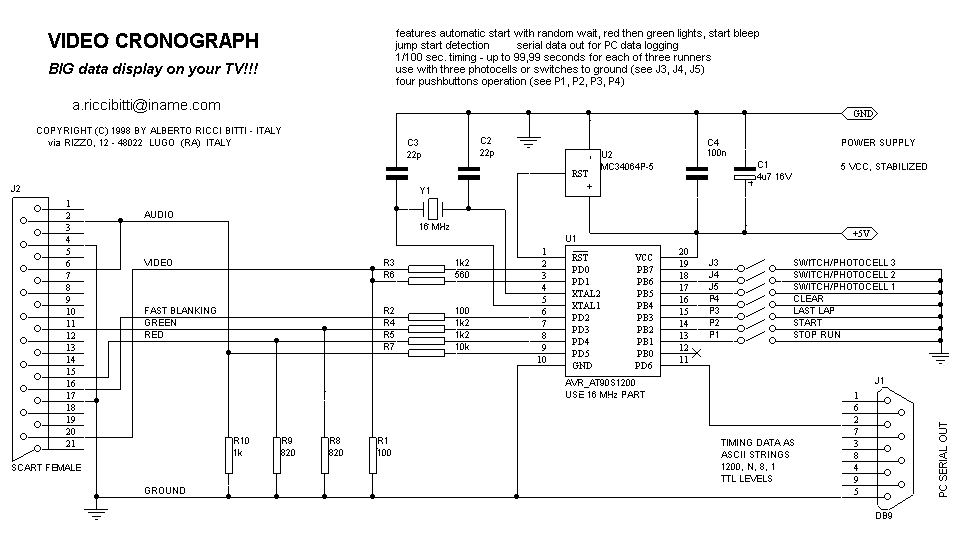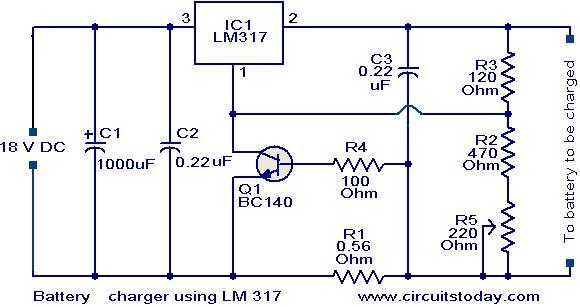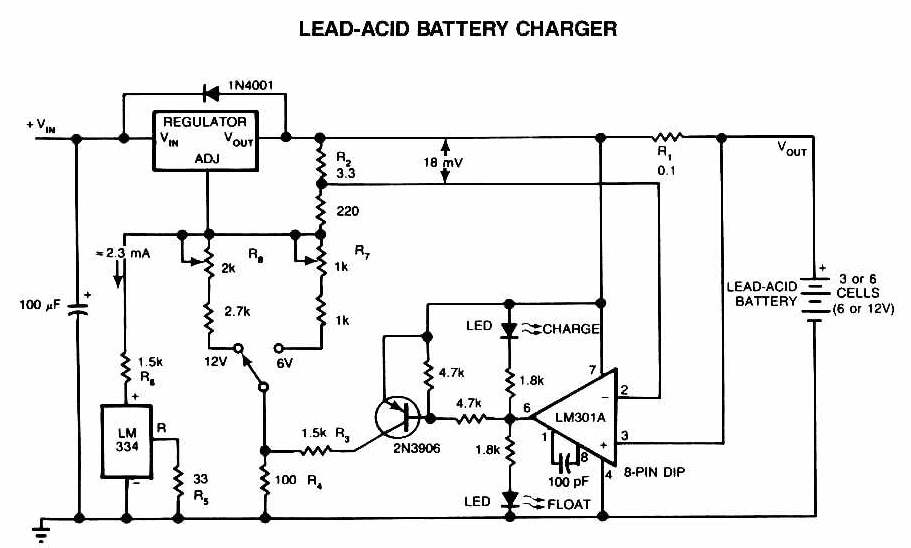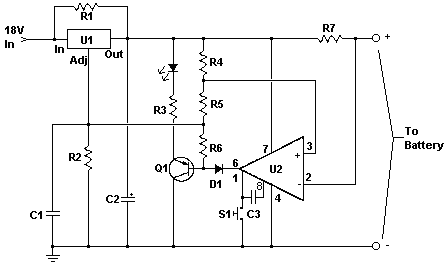
High-Power Car Battery Eliminator
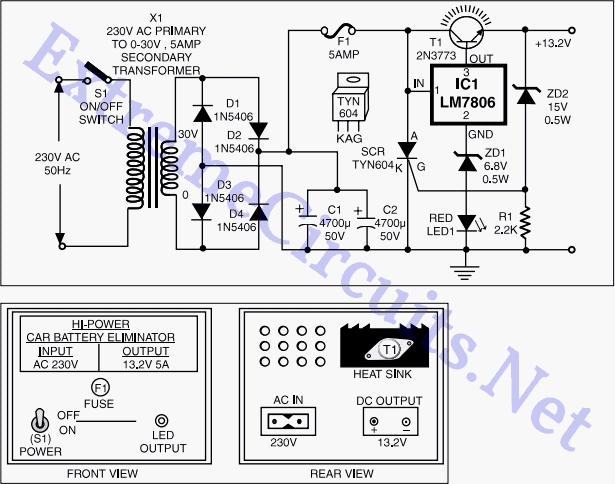
To operate a car audio or video system from a household 230V AC mains supply, a DC adapter is required. DC adapters available in the market are generally costly.
A DC adapter serves as a crucial interface for converting alternating current (AC) from a household supply into the direct current (DC) required by car audio and video systems. These systems typically operate on a lower voltage, often around 12V DC, which is standard for automotive electronics. The design of a suitable DC adapter involves several key components including a transformer, rectifier, filter, and voltage regulator.
The transformer steps down the 230V AC mains voltage to a lower AC voltage suitable for the application. Following this, the rectifier converts the AC voltage to pulsating DC. Commonly, a bridge rectifier configuration is utilized for this purpose, which consists of four diodes arranged in a bridge circuit to efficiently convert both halves of the AC waveform into DC.
After rectification, the output is still not suitable for sensitive electronic devices due to its ripple voltage. Therefore, a filtering stage is necessary, typically achieved using capacitors. These capacitors smooth the pulsating DC output, reducing the ripple voltage to a more stable level.
Finally, a voltage regulator is implemented to ensure that the output voltage remains constant regardless of variations in input voltage or load conditions. Linear regulators or switching regulators can be used, depending on the efficiency and heat dissipation requirements of the application.
In summary, a well-designed DC adapter not only converts the household AC mains supply to the appropriate DC voltage but also ensures that the output is stable and suitable for powering car audio or video systems. Consideration must be given to the power rating, efficiency, and thermal management of the adapter to ensure reliable operation.To operate car audio (or video) system from household 230V AC mains supply, you need a DC adaptor. DC adapters available in the market are generally costl.. 🔗 External reference
A DC adapter serves as a crucial interface for converting alternating current (AC) from a household supply into the direct current (DC) required by car audio and video systems. These systems typically operate on a lower voltage, often around 12V DC, which is standard for automotive electronics. The design of a suitable DC adapter involves several key components including a transformer, rectifier, filter, and voltage regulator.
The transformer steps down the 230V AC mains voltage to a lower AC voltage suitable for the application. Following this, the rectifier converts the AC voltage to pulsating DC. Commonly, a bridge rectifier configuration is utilized for this purpose, which consists of four diodes arranged in a bridge circuit to efficiently convert both halves of the AC waveform into DC.
After rectification, the output is still not suitable for sensitive electronic devices due to its ripple voltage. Therefore, a filtering stage is necessary, typically achieved using capacitors. These capacitors smooth the pulsating DC output, reducing the ripple voltage to a more stable level.
Finally, a voltage regulator is implemented to ensure that the output voltage remains constant regardless of variations in input voltage or load conditions. Linear regulators or switching regulators can be used, depending on the efficiency and heat dissipation requirements of the application.
In summary, a well-designed DC adapter not only converts the household AC mains supply to the appropriate DC voltage but also ensures that the output is stable and suitable for powering car audio or video systems. Consideration must be given to the power rating, efficiency, and thermal management of the adapter to ensure reliable operation.To operate car audio (or video) system from household 230V AC mains supply, you need a DC adaptor. DC adapters available in the market are generally costl.. 🔗 External reference
